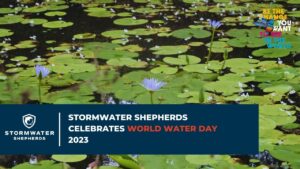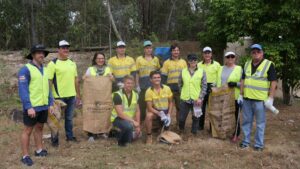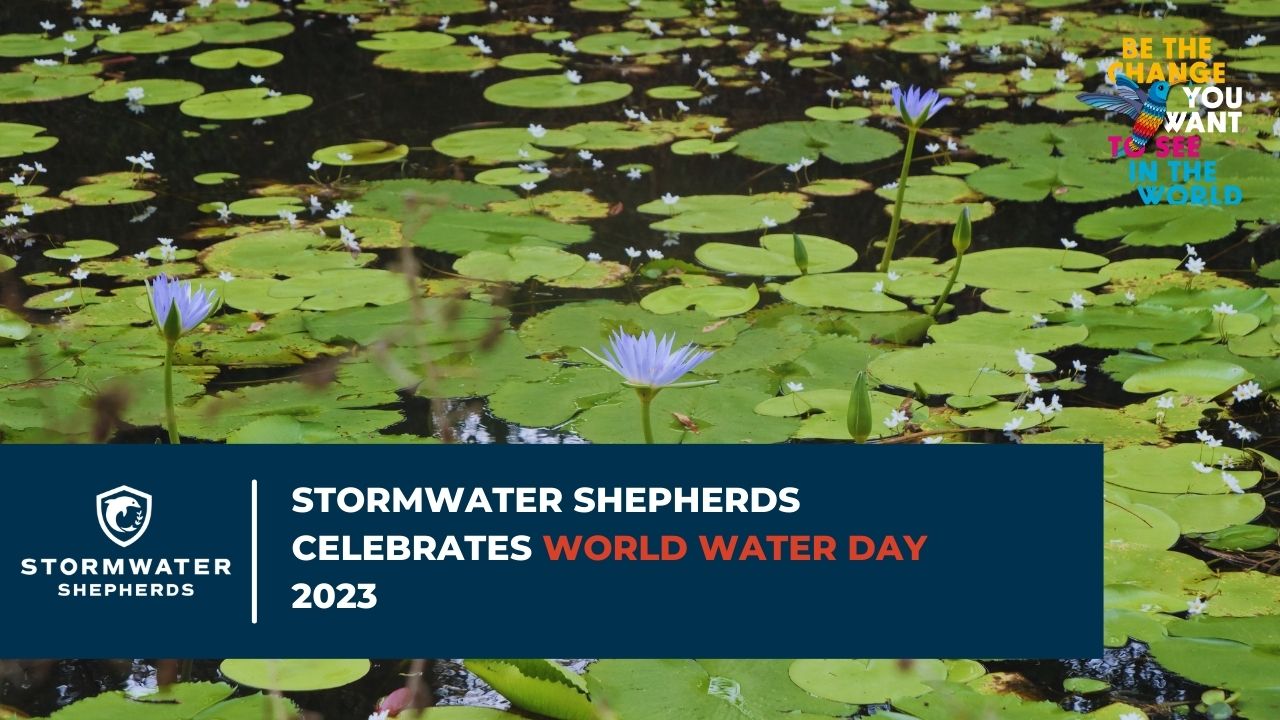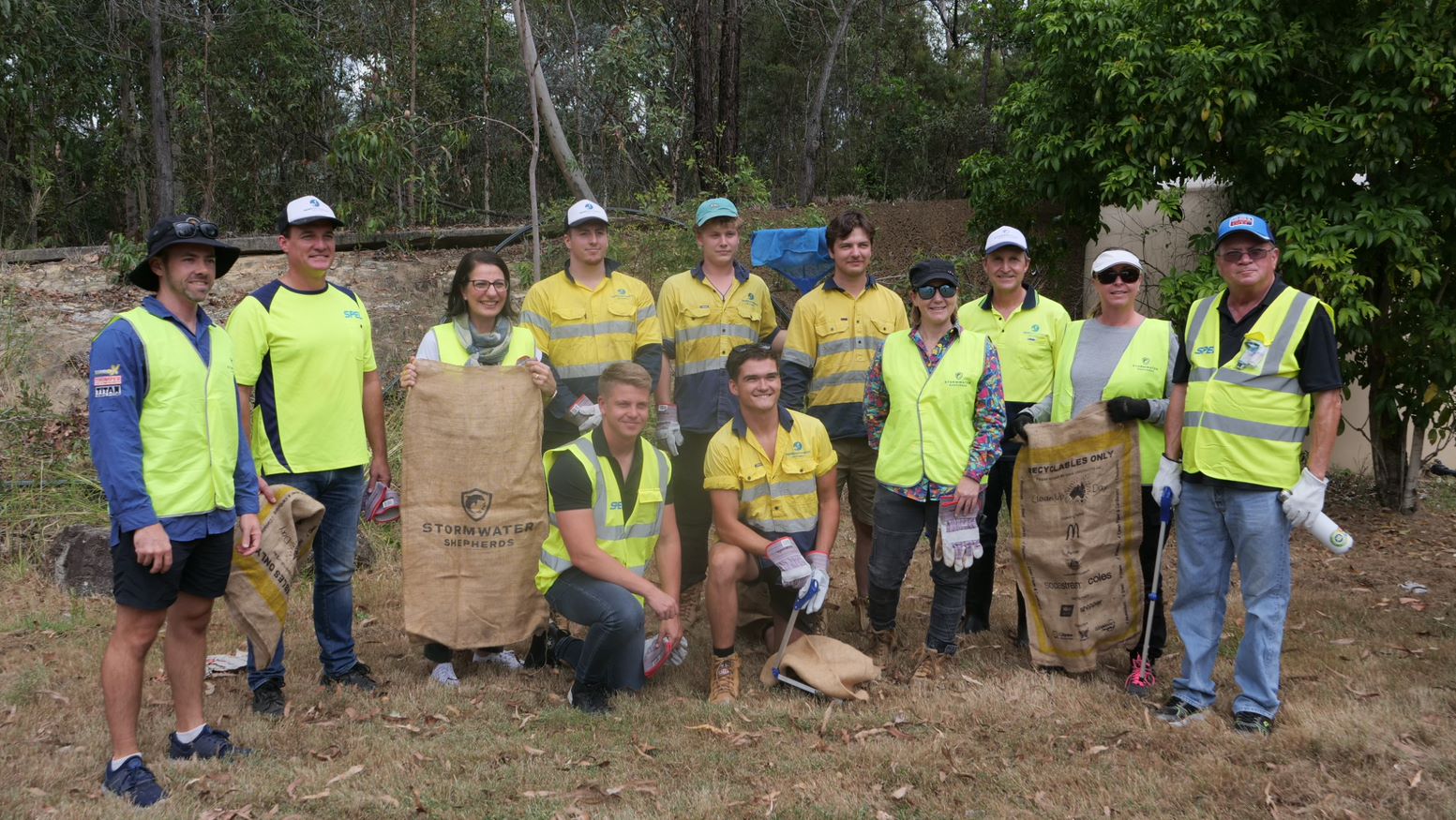AUTHORS
Shima Ziajahromi, School of Environment and Science, Australian Rivers Institute, Griffith University
Darren Drapper, Drapper Environmental Consulting
Andy Hornbuckle, SPEL Stormwater
Llew Rintoul, School of Chemistry, Physics and Mechanical Engineering, Queensland University of Technology (QUT)
Frederic D.L. Leusch, School of Environment and Science, Australian Rivers Institute, Griffith University
HIGHLIGHTS
- Microplastics detected in water and sediment of a stormwater treatment wetland
- More microplastics detected in sediment at inlet compared to outlet
- More microplastics detected in water at outlet compared to inlet
- Synthetic rubber particles with possible origin of car tyre found in sediment
- Microplastics from wetland’s plastic construction material were not observed.
ABSTRACT
Synthetic rubber particles released from car tyres are expected to be an important type of microplastics in the environment, with road runoff and stormwater likely to transport tyre particles to the aquatic environment. Stormwater treatment wetlands are one of the key methods for treating road runoff and stormwater, but the presence and concentration of synthetic rubber microplastics from tyre particles in wetlands are largely unknown. In addition, constructed floating wetlands can be built using recycled PET plastic bottles, raising concerns about potential release of microplastics to the environment. In this study, we measured the concentrations of microplastics in water and sediment from the inlet and outlet of a stormwater floating treatment wetland on Queensland’s Gold Coast. An average of 0.9 ± 0.3 and 4.0 ± 2.4 microplastic particles/L were detected in the water phase in the inlet and outlet samples, respectively. The sediment contained an average of 595 ± 120 and 320 ± 42 microplastic particles/kg dry sediment in inlet and outlet sediments, respectively. Between 15 and 38% of microplastics in the sediment were identified by FTIR as synthetic rubber-carbon filled particles, most likely derived from car tyres. The presence of synthetic rubber microplastics confirms that tyres can contribute to microplastic pollution in stormwater, with road runoff likely to be an important pathway. No microplastics with the same characteristics and polymer composition as the floating wetland construction material were detected in the water and sediment samples, indicating that the microplastics in the water and sediment detected here did not originate from the floating wetland’s material. However, further investigation of older treatment wetlands is required to better understand the potential role of floating treatment wetlands as a source of microplastics.








